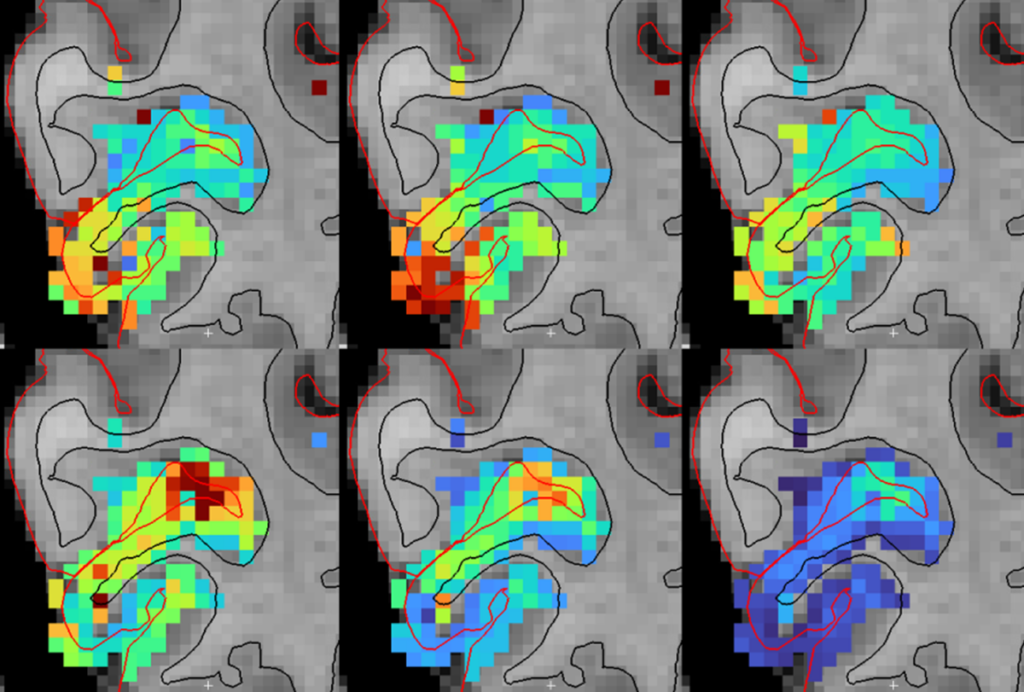Clinical research: Autism traits inherited in families
Members of families that have multiple children with autism have more features of the disorder than do those from families that have only one child with autism, according to a study published 2 November in the Journal of Autism and Developmental Disorders.
Members of families that have multiple children with autism have more features of the disorder than do those from simplex families, those that have only one child with autism, according to a study published 2 November in the Journal of Autism and Developmental Disorders1.
Parents and siblings of children with autism often show some features of the disorder, dubbed the broad autism phenotype, or BAP.
A 2011 study bolstered the idea that autism exists on a genetic continuum by showing that parents from multiplex families — those that have more than one child with autism — have more features of BAP than do those from simplex families.
In the new study, the same team looked at unaffected siblings of children with autism and separately at mothers and fathers. The 87 multiplex families are from the Family Study of Autism at the University of Washington and include 184 unaffected siblings.
The researchers also looked at 41 simplex families from the Simons Simplex Collection, funded by the Simons Foundation, SFARI.org’s parent organization. Each of these families has multiple unaffected siblings, totaling 117 in the study.
The researchers assessed family members using the Broader Phenotype Autism Symptom Scale, which includes a clinical examination and interview.
Overall, parents and siblings from multiplex families are less social and less likely to make appropriate eye contact and smile when conversing than those from simplex families. Fathers and siblings from multiplex families are also more likely than those from simplex families to use too much detail and not give appropriate context when having a conversation.
About 21 percent of siblings from multiplex families and 5 percent of those from simplex families have severe repetitive behaviors and restricted interests.
Siblings, who are more genetically similar than a parent and a child are, have more severe BAP, supporting its genetic origin.
References:
1: Gerdts J.A. et al. J. Autism Dev. Disord. Epub ahead of print (2012) PubMed
Recommended reading
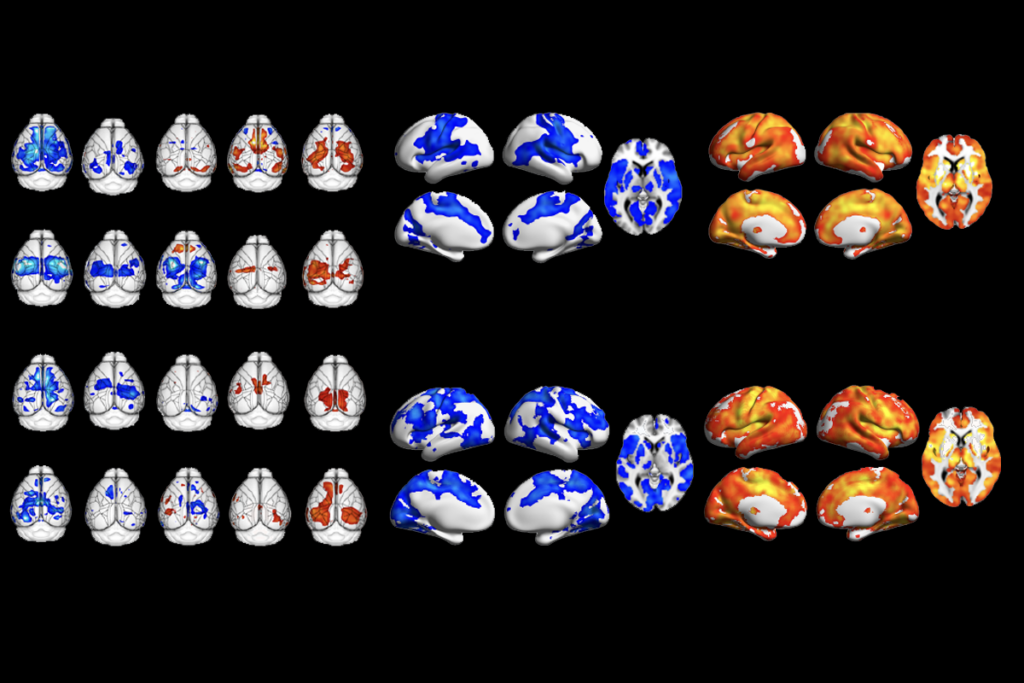
Too much or too little brain synchrony may underlie autism subtypes
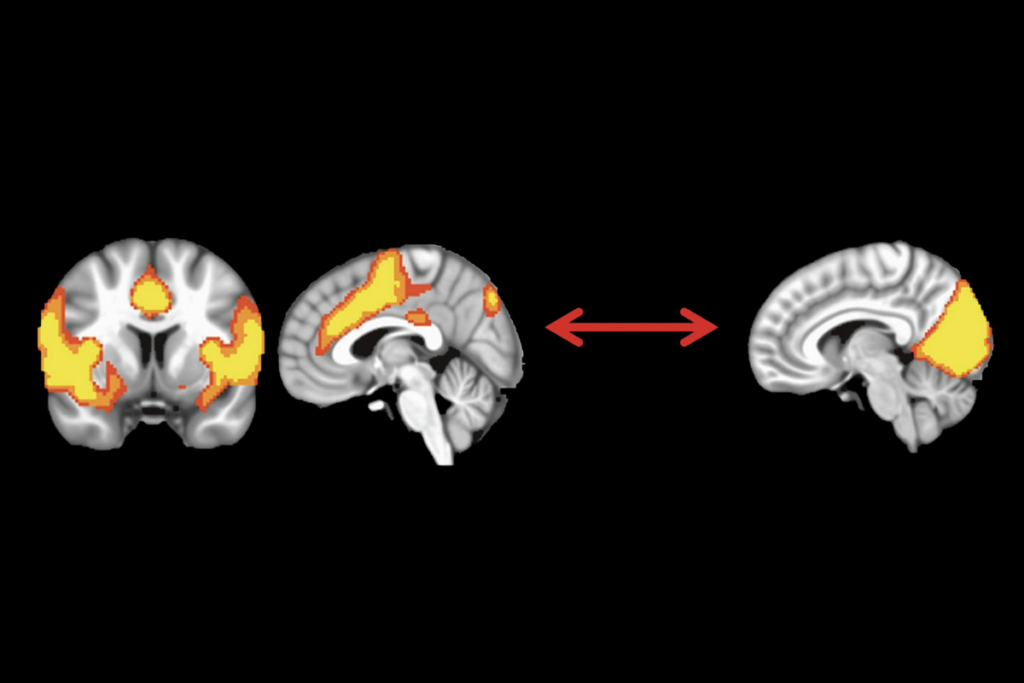
Developmental delay patterns differ with diagnosis; and more
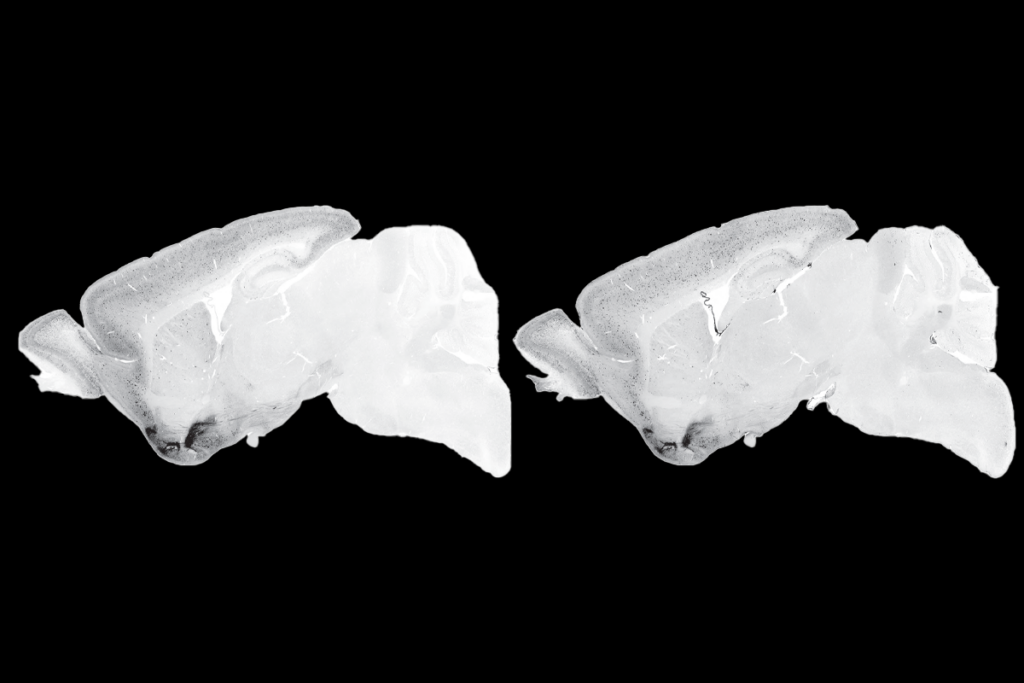
Split gene therapy delivers promise in mice modeling Dravet syndrome
Explore more from The Transmitter
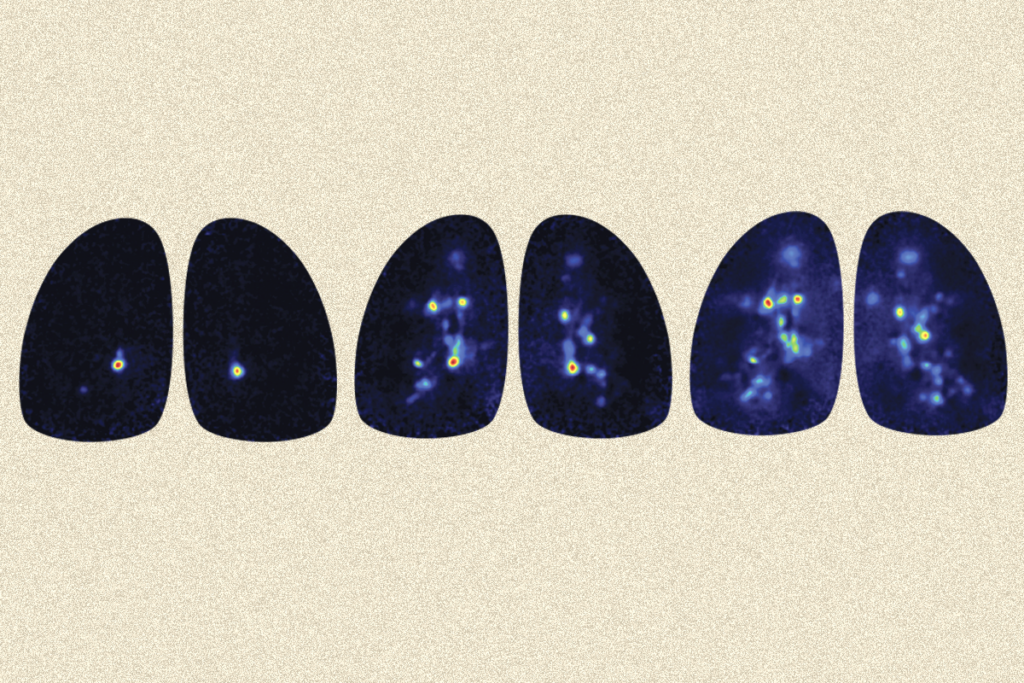
Smell studies often use unnaturally high odor concentrations, analysis reveals
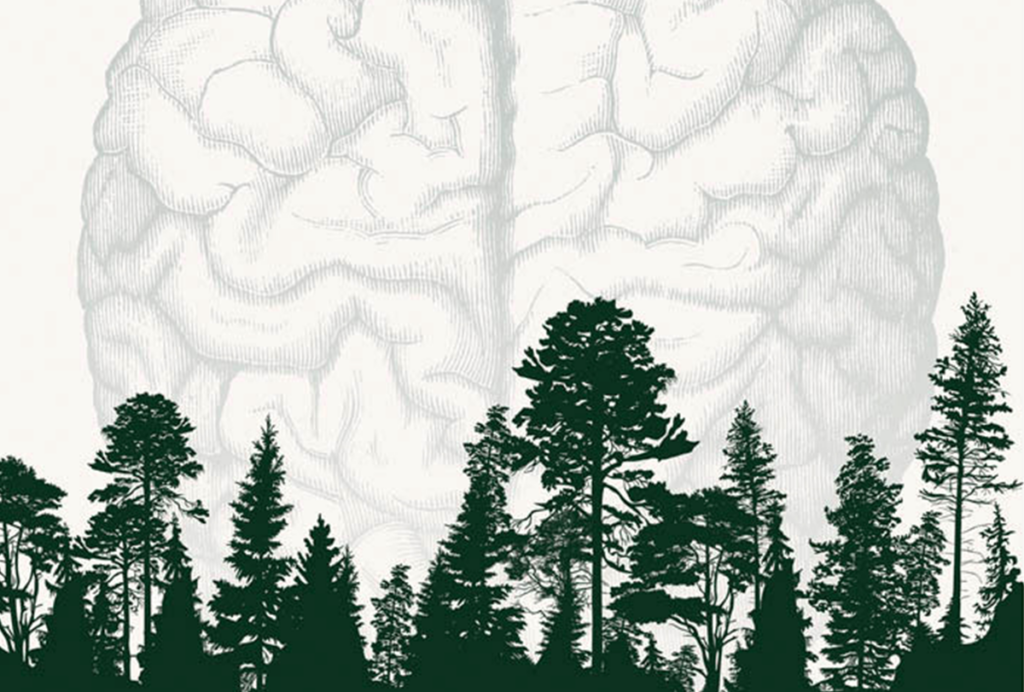
‘Natural Neuroscience: Toward a Systems Neuroscience of Natural Behaviors,’ an excerpt
